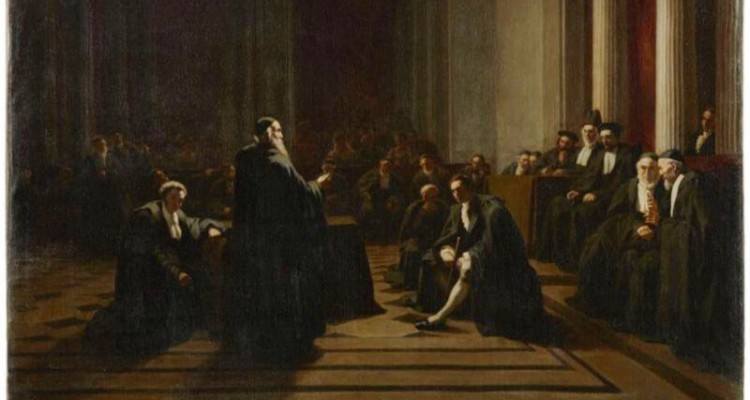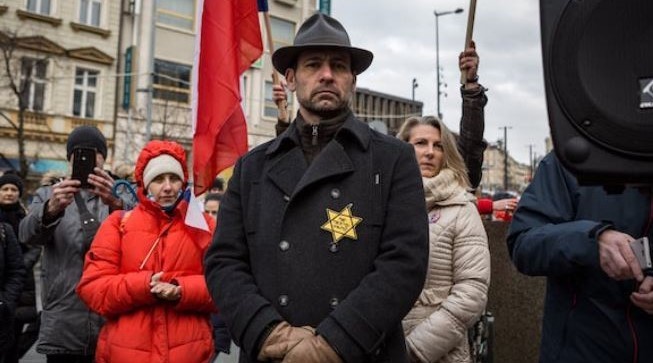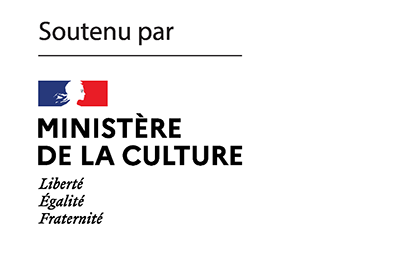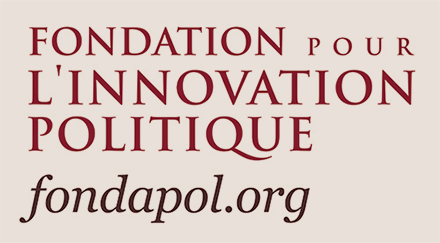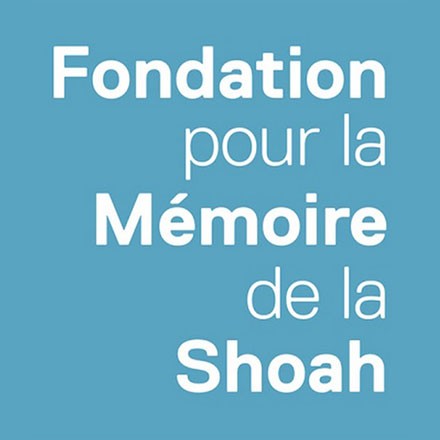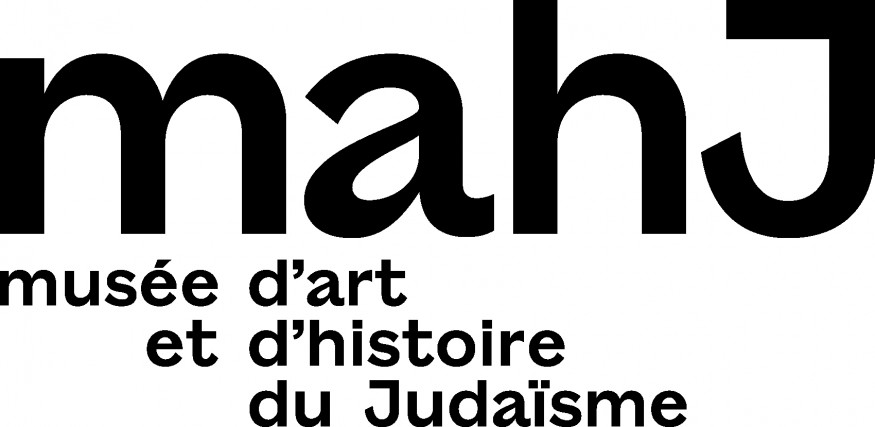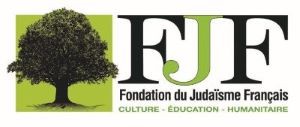In this edition of K., historian Diana Pinto sketches out a panorama of the European Jewish situation today. The author of Israel Has Moved, she is a founding member of the European Council on Foreign Relations, and as a consultant for the Council of Europe has conducted research into the Jewish experience on the Continent after the fall of the Berlin Wall. Pinto’s reflections sometimes echo the words of Tobia Zevi, interviewed in a prior issue of our magazine. According to the Italian politician, “the Jewish minority can make an important contribution to the formation of European identity, a process which is still ongoing.” Zevi insisted on the need for “the participation of Jews in the larger debates over immigration and integration. On this score, the Jewish voice sometimes seems to me to be too weak.” Or perhaps too “defensive,” to borrow the term of Pinto, who regrets the difficulties that Jewish institutions – notably in France – have had and can still have in carving out a positive role for themselves in wider society. How does one cease battling exclusively against anti-Semitism, but inscribe this endeavor in a larger campaign for an inclusive society? According to Diana Pinto, we must pose this question, which is tied with how European Jews recount their past and conceive of their present. She urges us to also view Jewish realities in a glass half-full manner, accounting for Jewish resilience and how our community’s experience can inspire and teach others.
Our edition of three weeks ago included an article from Jean-Claude Kuperminc on two recent books published about French Jewry, Aux sources juives de l’histoire de France, by Mathias Dreyfus, and the volume Les Juifs: une tache aveugle dans le récit national, edited by Claire Soussen and Paul Salmona (both works are not translated in English). Salmona wanted to respond to Kuperminc’s review, contributing to a historiographical debate on the tension between the well-attested presence of Jews in French history and their relative absence in the national narrative, save for a few mentions in course of the Dreyfus Affair and Holocaust. K. is pleased in this case to be a venue for open discussion and debate.
There are other occasions on which there can be little discussion, namely when one touches on the misuse of history and its emblems, sometimes done in ignorance and naïveté, other times intended in an ideological and perverse manner. How does one respond to those who consider themselves victims, especially of coronavirus sanitary measures and vaccine guidance, and then wear attire covered with the Star of David, reminiscent of the branding of Jews by the Nazis? Rudy Reichstadt, the director of Conspiracy Watch, examines this burgeoning phenomenon in his joint column for K. and Akadem.
***
The magazine’s statement of purpose (as well as the entirety of our articles) is available on the site and here: “The Jews and Europe, Yesterday and Today. And Tomorrow?”
***
Reminder: The magazine is freely-accessible. We exist only thanks to the gifts of our readers to the “Pas Si Maintenant” not-for-profit organization, which publishes the magazine. You can make a tax-deductible gift here.
The Editors

